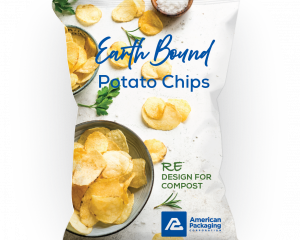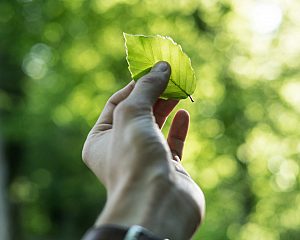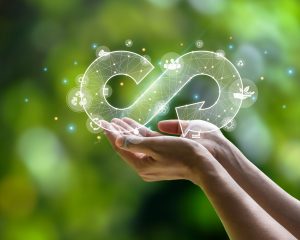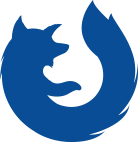Product Sustainability
Our broad portfolio of flexible packaging solutions will help meet—and exceed—your sustainability goals
We know the right sustainable solution for one isn’t the right solution for all. It all starts with a truly collaborative partnership. You provide us with the type of product you need packaged, your preferred packaging type, and any barrier needs or additional relevant information. We, in turn, will provide a customized report with the sustainable options that best suit your needs. Brand Owner's Decision Guide to Sustainable Flexible Packaging Programs encompasses five key focus areas, ensuring every applicable area is covered to meet—and exceed—your sustainability goals. All while sustaining your budget and keeping it intact. Now that’s true sustainability in action!
APC RE® Sustainable packaging portfolio has a full range of options that includes:
- Source Reduction
- Design for Recycle
- Bio or Renewable Content
- Design for Compost
- Post Consumer Recycled (PCR) Content
- Certified-Circular Content


Ready to Download? Fill out the Form!
Unlock valuable insights with our comprehensive Sustainable Packaging E-Book. Fill out the form to receive instant access to this exclusive resource from American Packaging Corporation.










